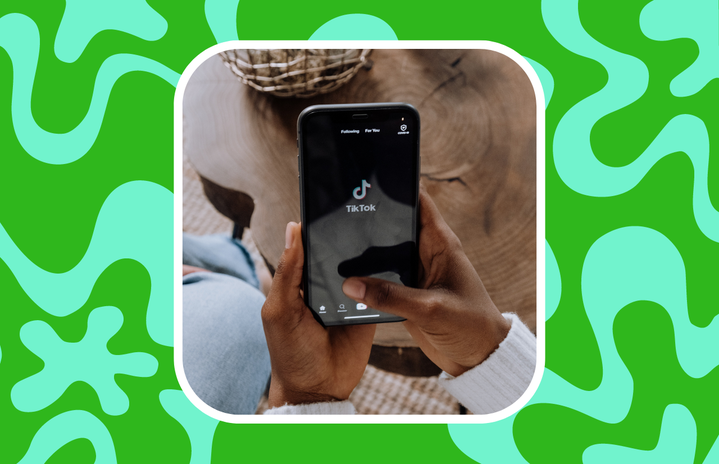The virality of a product in the Digital Age has long insinuated that it is cutting-edge: bringing something new to consumers that will enhance their lives in some way. The phenomena of virality on the internet is not a new concept; videos and products have long been shared and viewed by masses of people online, accumulating large numbers of views in short periods of time which results in this viral effect. However, as social media has progressed and users are able to consume content at an accelerated rate, does a product being featured in a video with millions of views hold the same value as it did when the consumption of media was slower?
People are now consuming more quick, easily accessible content than ever before. With the growing popularity of platforms like TikTok and features such as Instagram Reels, social media users now watch hundreds of videos a day ranging from 15 seconds to three minutes. By 2021 TikTok had accumulated over one billion active users, all of which are subject to the accelerated trend cycles produced by the short-form video structure of the platform. The shift from longer videos and televised advertisements to the algorithmic promotion of quick consumerism has significantly affected the patterns of consumption and influence.
Previously, if a product was viral it had some sort of reputable backing, whether it be a popular influencer or a celebrity spokesperson. Due to the slower rate of consumption, these products were often reviewed by multiple sources and were viral because of the common consensus that it was of substantive value. Consumers still had to be mindful of the motivations of these influencers and how transparent they were being, but they could often see the product in action and place their trust in sources who were platformed for that reason.
It is not that simple anymore, especially with the recent additions of features like TikTok Shop and Instagram Shop, as well as the ability for amateur content creators to create paid promotional videos with the introduction of the affiliate commission program. Now the source of influence is often a more accessible figure, but a less reliable one as well because smaller creators do not have the same accountability as people with larger platforms. This increased ease in paid promotional videos is a double-edged sword. While on the one hand, it lends itself to more relatable promotions than the heavily structured and manufactured advertisements for influencers with large platforms being paid to do ads, it also opens the door for more people to promote random products they do not own or use in an attempt to monetize the videos.
Due to the new influx of paid promotional videos where regular people can earn a commission from the sales of these products, there is no longer that accountability factor that came with the paid brand deals of the past. Now, in an attempt to push products and make large commissions, people are advertising products as “viral” as a means of interesting unsuspecting consumers. However, this is often misleading or even untrue.
The short-form video lends itself directly to promoting overconsumption because of the sheer amount of people who are exposed to masses of promotions in a short period of time. A significant amount of the content produced by these video features is advertising some sort of product.
So when everything is viral, does virality mean anything?
The answer is not really; not anything important that is. Anything can be marketed as viral, and a promotional video of it or a review might have millions of views, but so does the next video, and the one after that on the endless scroll down consumer lane. So when a product is being marketed as viral to associate it with popularity, that actually provides no significant reflection upon its worth.
This would not be an issue if the only consequence was people buying products they didn’t genuinely enjoy, but the consequences of this rapid consumerism are far more serious than that. These products that are advertised in eligible for commission videos are marketed to the youth and the poor who are easily targeted by these products that promise them easy solutions or replicas. When big influencers get gifted expensive products to promote, their followers cannot always justify buying them. However, they often can find a cheaper surrogate.
The dupe market, products that replicate more expensive products at a fraction of the price, is lucrative and potentially very dangerous. Consumers should question how these products are being made for pennies and sold for dimes. There are larger concerns like where are the products coming from, who is making them and who is profiting, the environmental impacts of their production, and the general quality of the products.
This is not to say that it is bad to consume products promoted on social media, it is often a great way for people to get information on products from trustworthy reviewers or mass consensus. However, it is harmful when products are marketed as viral as a means of signifying their worth on a platform where virality is insignificant. Before falling victim to promotional content, consumers should consider a few key factors: do they really have a need for the product, who is selling it to them, does the product have any other reviews, and finally is there a more sustainable alternative? Using social media as a source of information is not the issue, the issue is when this information is misleading.


